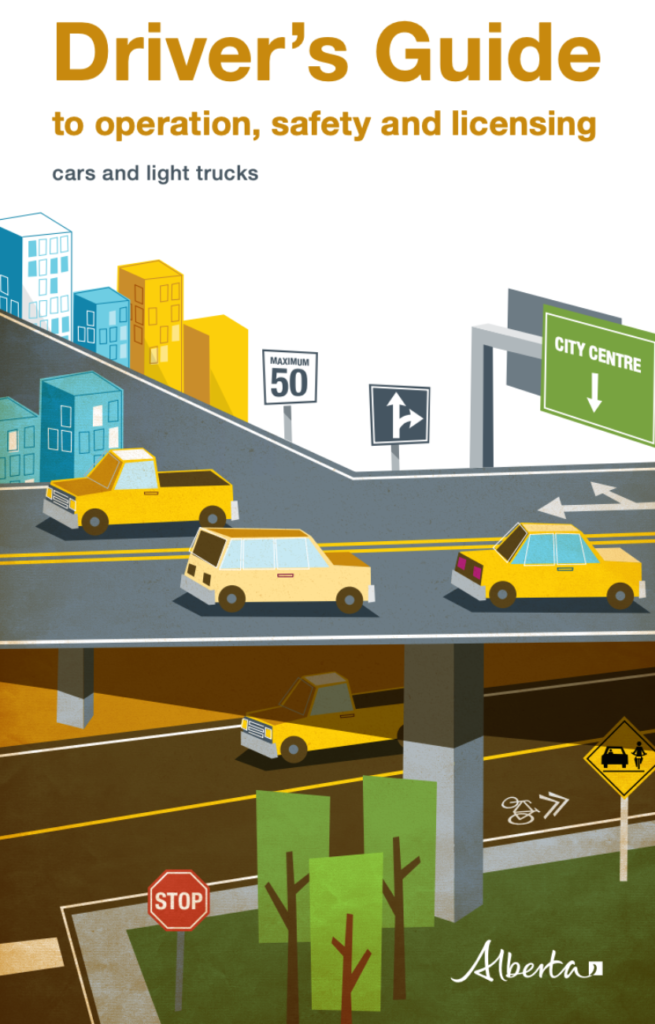ALBERTA COMMERCIAL DRIVING CLASS 1 PRACTICE TEST 2023
Obtaining a Class 1 commercial driver’s license (CDL) in Alberta, Canada allows you to operate the heaviest and most complex vehicles on the road, such as tractor-trailers and large trucks. To get a Class 1 CDL in Alberta, you typically need to follow these steps:
1. **Eligibility:** Ensure you meet the eligibility requirements, which may include age restrictions, medical examinations, and providing a satisfactory driver’s abstract.
2. **Learn and Prepare:** Study the Alberta Driver’s Guide and prepare for the written knowledge test. You can obtain the guide from an Alberta registry agent office, or you can access it online. The guide will help you understand the rules of the road, including those specific to commercial vehicles.
3. **Written Knowledge Test:** Schedule an appointment with a registry agent office to take the written knowledge test. The test will cover topics related to commercial driving, rules of the road, and safety. You’ll need to pass this test to proceed.
4. **Air Brake Endorsement (if applicable):** If your Class 1 vehicle is equipped with air brakes, you may need to pass an air brake knowledge test and a practical air brake endorsement test.
5. **Training:** Consider enrolling in a driver training program or school that specializes in Class 1 commercial driving. This training can help you gain valuable experience and skills necessary for operating large commercial vehicles.
6. **Road Test:** Schedule a Class 1 road test through a registry agent office. During the road test, you’ll demonstrate your ability to operate a Class 1 vehicle safely. Make sure your vehicle is in good working condition and meets all safety requirements.
7. **Fees:** Pay the required fees associated with obtaining a Class 1 license. The fees may vary depending on the specific endorsements you need.
8. **Passport-sized Photos:** Provide passport-sized photos for your driver’s license application.
9. **Vision Test:** Undergo a vision test.
10. **Submit Documentation:** Present the necessary documents, including proof of identity and residency, at the registry agent office.
11. **Receive Your Class 1 License:** If you pass the road test and meet all requirements, you’ll receive your Class 1 commercial driver’s license.
It’s essential to check with a local Alberta registry agent for the most up-to-date information and any specific requirements that may have changed after my last knowledge update in September 2023. Keep in mind that operating a Class 1 vehicle involves significant responsibility and safety concerns, so thorough training and adherence to the rules of the road are crucial.


Pingback: Alberta Commercial Driving Class 1 Practice Test Part 2 - Canadian Driver Knowledge Test